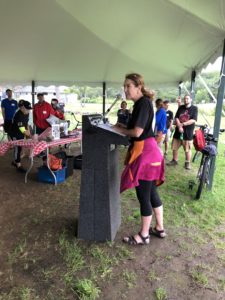Factor replacement–treatment you can rely on
I travel to many countries where factor is not available to patients with hemophilia and it’s heartbreaking to see the damage bleeding can do. We are fortunate in this country to have factor replacement therapy. Read below for a quick summary of its benefits, and why it’s so important for patients.
This is a paid public announcement from Shire and does not constitute an endorsement of products or services. When you click on the links in this blog entry, you will be directed to the Shire website. LA Kelley Communications always advises you to be a savvy consumer when contacting any company; do not reveal identifying information against your will.
When it comes to living with your hemophilia, having confidence in your treatment is important. For more than 50 years, factor replacement has been the standard of care in the treatment of hemophilia A and B with proven efficacy in preventing bleeds through prophylaxis and low risk of thrombotic events.1-4
Factor-based therapy replaces what’s missing in the coagulation cascade for people with hemophilia, thus working within the body’s natural hemostatic process.3,5
Factor replacement represents a comprehensive approach to treating hemophilia. It can be used in multiple scenarios to meet different treatment needs that vary from person to person such as prophylaxis (routine infusion of factor to prevent bleeds), on-demand use (infusion of factor to control bleeding episodes), and during or after surgery.3,6
A one-size-fits-all treatment approach does not meet the unique needs of each individual.7 Your healthcare provider can individualize your regimen by adjusting your infusion dose and frequency (how often factor is infused) based on:
- How your body uses factor
- Your activity level
- Your lifestyle needs
Individualizing your prophylactic treatment can help reduce bleed rates in some patients with hemophilia A.8
Reducing bleeds is necessary to preserve your joints. Even a single bleed matters, and there is evidence that the number of joint bleeds a patient experiences can lead to the development of joint disease.9 Remember, if bleeds are not treated immediately, this can result in permanent joint damage.2
Decades of clinical studies and real-world use have shown that early prophylaxis with factor-based treatment can reduce the risk of joint bleeds and preserve joint health in some patients with hemophilia A.2,10-15
To effectively manage your hemophilia, be sure to ask your healthcare provider about an established treatment that offers options for individualization. With decades of documented success in managing, controlling, and reducing bleeds in more than 170 clinical studies, factor treatment remains a trusted and well-studied treatment option in patients with hemophilia.1, 15, 16
Commitment to the hemophilia community is always a priority to Shire. As a leader in hemophilia research, Shire continues to innovate on your behalf, developing programs and services that support your efforts each step of the way. Shire is focused on providing advanced hematology treatments for today and innovating for the future. 17
Talk to your healthcare provider to learn more about how factor works and all the ways it can help patients like you with hemophilia. Visit www.bleedingdisorders.com to discover if factor treatment is right for you.
References
- Center for Biologics Evaluation and Research. User fee billable biologic products and potencies approved under Section 351 of the PHS Act. http://www.fda.gov/AboutFDA/CentersOffices/OfficeofMedicalProductsandTobacco/CBER/ucm122936.htm. Accessed July 17, 2018.
- Price VE, Hawes SA, Chan AKC. A practical approach to hemophilia care in children. Paediatri Child Health. 2007;12(5):381-383.
- Peyvandi F, Garagiola I, Young G. The past and future of haemophilia: diagnosis, treatments, and its complications. Lancet. 2016;388:187-197.
- Coppola A, Franchini M, Makris M, Santagostino E, Di Minno G, Mannucci PM. Thrombotic adverse events to coagulation factor concentrates for treatment of patients with haemophilia and von Willebrand disease: a systematic review of prospective studies. 2012;18:e173-e187.
- Berg JM, Tymoczko JL, Stryer L. Many enzymes are activated by specific proteolytic cleavage. In: Biochemistry. 5th ed. New York, NY: WH Freeman; 2002. https://www.ncbi.nlm.nih.gov/books/NBK22589/?rendertype. Accessed July 24, 2018.
- World Federation of Hemophilia. Guidelines for the management of hemophilia. 2nd ed. Montreal, Quebec: World Federation of Hemophilia; 2012:1-80.
- Valentino LA. Considerations in individualizing prophylaxis in patients with haemophilia A. Haemophilia. 2014;20:607-615.
- Yamasaki N, Fujii T, Fujii T. Individualized prophylaxis can contribute to decreasing annualized bleeding rate (ABR) in adult persons with hemophilia A. 2018;24(suppl 5):1-194.
- Collins PW, Blanchette VS, Fischer K, et al. Break-through bleeding in relation to predicted factor VIII levels in patients receiving prophylactic treatment for severe hemophilia A. J Thromb Haemost. 2009;7:413-420.
- Bertamino M, Riccardi F, Banov L, et al. Hemophilia care in the pediatric age. J Clin Med. 2017;6(54):1-13.
- Manco-Johnson MJ, Abshire TC, Shapiro AD, et al. Prophylaxis versus episodic treatment to prevent joint disease in boys with severe hemophilia. N Engl J Med. 2007;357(6):535-544.
- Manco-Johnson MJ, Soucie JM, Gill JC for the Joint Outcomes Committee of the Universal Data Collection, US Hemophilia Treatment Center Network. Prophylaxis usage, bleeding rates,and joint outcomes of hemophilia, 1999 to 2010: a surveillance project. 2017;129(17):2368-2374.
- Khawaji M, Astermark J, Von Mackensen S, Akesson K, Berntorp E. Bone density and heath-reated quality of life in adut patients with severe hemophilia. Haemophilia. 2011;17:304-311.
- Rodriguez-Merchan EC. Aspects of current management: orthopaedic surgery in haemophilia. 2012;18:8-16.
- Franchini M, Mannucci PM. The history of hemophilia. Semin Thromb Hemost. 2014;40:571-
- NIH Clinical Trials Registry. Ongoing and complete clinical trials using factor in patients with hemophilia. https://clinicaltrials.gov/ct2/results/details?term=Factor+VIII&recr=Closed&fund=2. Accessed July 17, 2018.
- Shire website. https://www.shire.com/who-we-are/areas-of-focus/hematology
©2018 Shire US Inc., Lexington, MA 02421.
All rights reserved. 1 ‐ 800 ‐ 828 ‐ 2088.
SHIRE and the Shire Logo are registered trademarks of Shire Pharmaceutical Holdings Ireland Limited or its affiliates. S41613 08/18


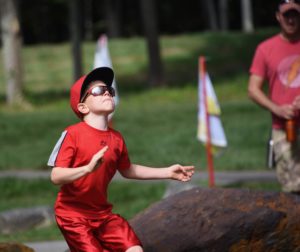
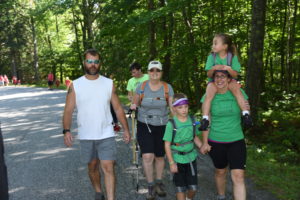

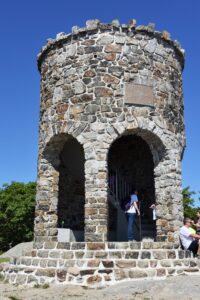 well connected.
well connected.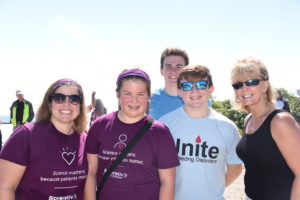
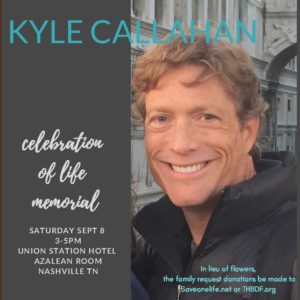 han. Kyle, a 52-year-old with hemophilia, passed away suddenly on August 26. For a man who had survived so much in his life, and engaged in outrageous adventures and high-speed fun, it was stunning news.
han. Kyle, a 52-year-old with hemophilia, passed away suddenly on August 26. For a man who had survived so much in his life, and engaged in outrageous adventures and high-speed fun, it was stunning news.
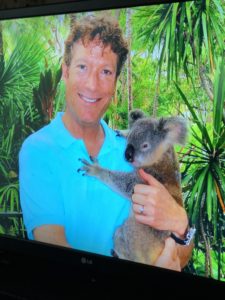 m revenues of $30 million to over $1 billion.
m revenues of $30 million to over $1 billion.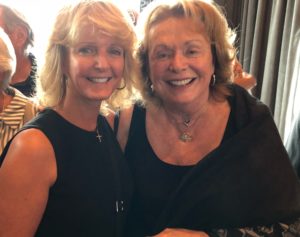

 r in Australia.
r in Australia.

